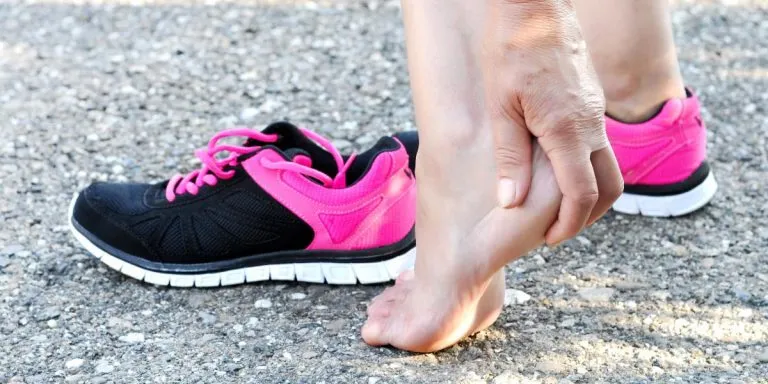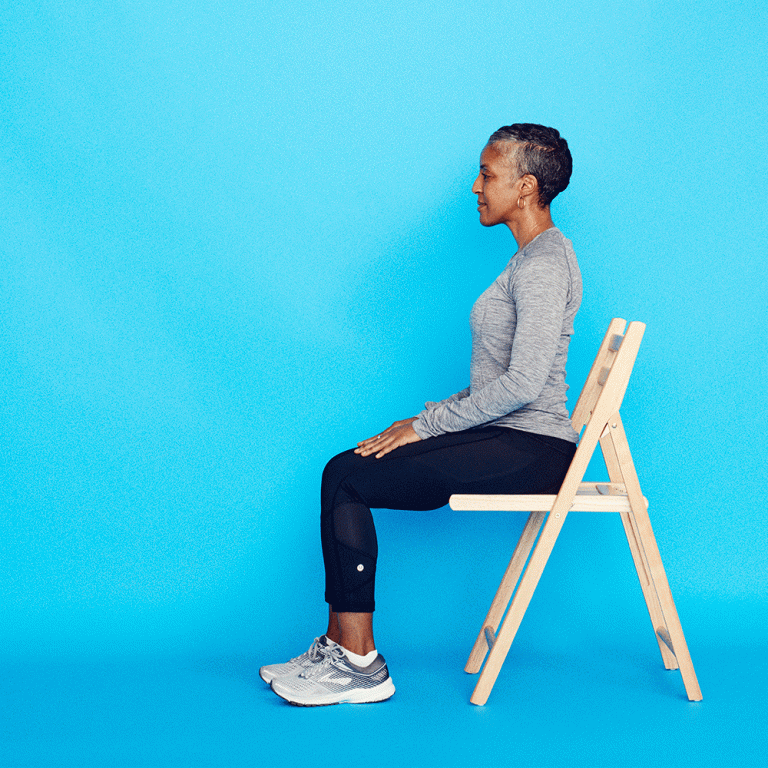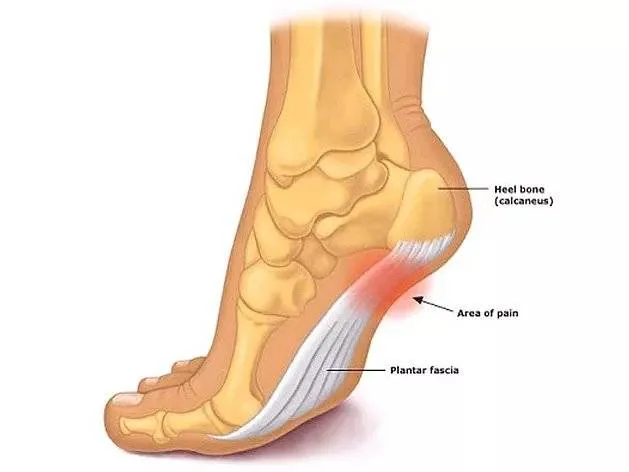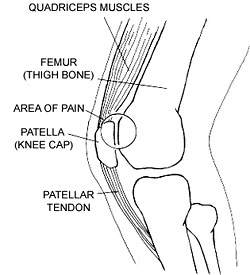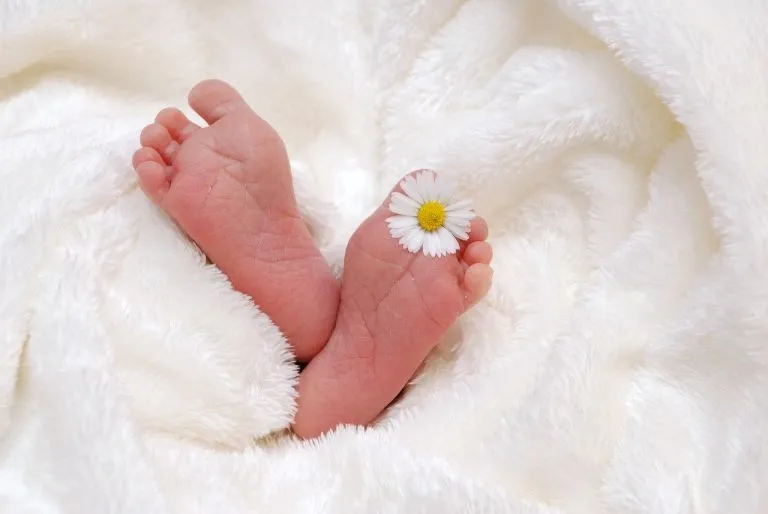Foot Problems – Flat Feet or Flat Arches
The normal arch functions as a shock absorber for our entire body.
Each time we step down, we place up to 5 times our body weight on the foot, depending on whether we are walking, running, or jumping.
If there was no shock absorber in the foot, the force of each step would eventually fracture or dislocate the bones of the foot, leg, and lower back.
When the arch is flat (a flat foot), it is “sick” and cannot function properly.
If left untreated, this will lead to a completely collapsed foot that cannot function as a shock absorber at all; and this, in turn, will cause constant pain in the foot and eventually the knee, hip, and lower back.
Causes: The normal arch comprises bones and joints, which are held tightly together in a precise relationship.
The ligaments and tendons that hold the bones and joints together must be more flexible than normal for the arch to flatten out.
This abnormal flexibility may result from the genes we inherit from our parents, the weakening of muscles and ligaments caused by advancing age, neuromuscular diseases, or injury.
Injuries may include one severe trauma or years of standing for long periods in the wrong types of shoes (those with high heels or those with poor support).
his flexibility of the bones, joints, and soft tissues causes foot problems related to flat arches or feet.
- Custom Orthotics: 3D printed personalized shoe insoles for all foot types and arch types
- Made in USA: Expert crafted custom orthotics backed by podiatrists
- Easy Maintenance: Custom made insoles for easy cleaning and care
- Unique Fit: Custom orthotics designed to fit your foot and provide support
- Versatile Use: Custom insoles for all types of footwear and activities
Last update on 2025-11-20 / Affiliate links / Images from Amazon Product Advertising API
The following conditions are the most common foot problems seen in flat feet:
1. PRONATION is the most common and damaging medical problem that may occur due to flat arches. Pronation is a turning outward of the foot at the ankle so that one tends to walk on the inner border of the foot.
You can test for pronation by looking at the leg and foot from the back. Normally you can see the Achilles Tendon run straight down the leg into the heel.
If the foot is pronated, the tendon will run straight down the leg, but it will twist outward when it lies on the heel. This makes the inner ankle bone much more prominent than the outer ankle bone.
Because pronation is a twisting of the foot, all of the muscles and tendons that run from the leg and ankle into the foot will be twisted.
If left untreated, pronation may be the cause of heel spurs, plantar fasciitis, frequent ankle sprains, shin splints, weak and painful arches, and eventually knee, hip, and lower back pain.
2. STRUCTURAL DEFECTS are foot problems that may occur because the bones and joints of the foot are not held together with the normal amount of tension.
This allows the bones and joints to move into abnormal positions, causing bunions, hammertoes, neuromas, calluses, and corns. If these problems are left untreated, they become progressively more painful and debilitating.
Treatment: In the child and adolescent, treatment must be directed to supporting the individual bones and joints that make up the arch and to aid the arch in its job as a shock absorber during the individual’s growing years.
This support of the individual components of the arch will prevent the arch from flattening out further as growth continues, allowing a normal arch to be formed.
The development of a normal arch is accomplished through the use of custom-made orthotics.
Custom-made orthotics allow the all-too-flexible muscles and ligaments in the foot and ankle to tighten as growth continues while taking over the job of a shock absorber.
The use of custom-made orthotics will help to prevent biomechanical and structural foot problems from developing, thus reducing the probability of the following diseases from occurring in adulthood: pronation, shin-splints, bunions, heel spurs, plantar fasciitis, serious ankle injuries, and hammertoes.
Custom-made orthotics are medical devices that gently support not only the arch, but each bone and joint that makes up the arch; and, because of the space-age materials used in their construction, custom-made orthotics allow the arch to become a much more efficient shock absorber.
Most over-the-counter arch supports will not allow the growing foot to produce a more normal arch because they do not support the individual components of the arch and foot, thus allowing the arch to collapse further.
Custom-made orthotics will help to prevent the further collapse of the arch and foot.
In the adult, treatment of flat feet must be directed to supporting the individual bones, joints, and muscles that make up the arch and to provide adequate shock absorption for the entire body.
This will help to alleviate pain in the foot, ankle, leg, knee, hip, and lower back.
Preventing pain and the total collapse of the arch is accomplished through the use of custom-made orthotics.
Custom-made orthotics are medical devices that gently support the arch and each individual component of the arch and foot.
Also, because of the state-of-the-art materials used in the construction of custom-made orthotics allow the arch to become a much more efficient shock absorber.
This relieves arch and foot pain, prevents the pain from returning, and keeps the arch from flattening out further.
Custom-made orthotics help to relieve the pain caused by bunions, hammertoes, heel spurs, plantar fasciitis, shin splints, neuromas, and muscle weakness.
Over-the-counter arch supports may give temporary relief, but the pain will return because they do not support the individual components of the arch.
The arch will fall further as the support wears out (custom-made orthotics last for years).
Last update on 2025-11-19 / Affiliate links / Images from Amazon Product Advertising API
Custom-made Orthotics: Custom-made orthotics for treating flat feet have been developed over the years. What makes these orthotics unique is their ability to support the individual components of the arch, not just the “arch” as a whole, and to act as an efficient shock absorber.
Custom-made orthotics are constructed of the latest space-age thermoplastic materials. These materials not only provide the support that is needed, but they also have a “memory.”
This memory allows the orthotic to compress slightly when pressure is applied to it, but when the pressure is released, the orthotic returns to its original height and shape.
This ensures maximum comfort while guaranteeing that the arch will always be supported at its most efficient height. In children, this will help to promote the development of a normal arch and act as a shock absorber during the growing years.
In an adult, custom-made orthotics help prevent the arch’s further collapse; they act as shock absorbers and help reduce pain in the arches, the entire foot, leg, knees, hips, and lower back.
Custom-made orthotics are comfortable, will last for years, and will fit into all flat shoes and shoes with heel heights of up to 1 1/2 inches.




